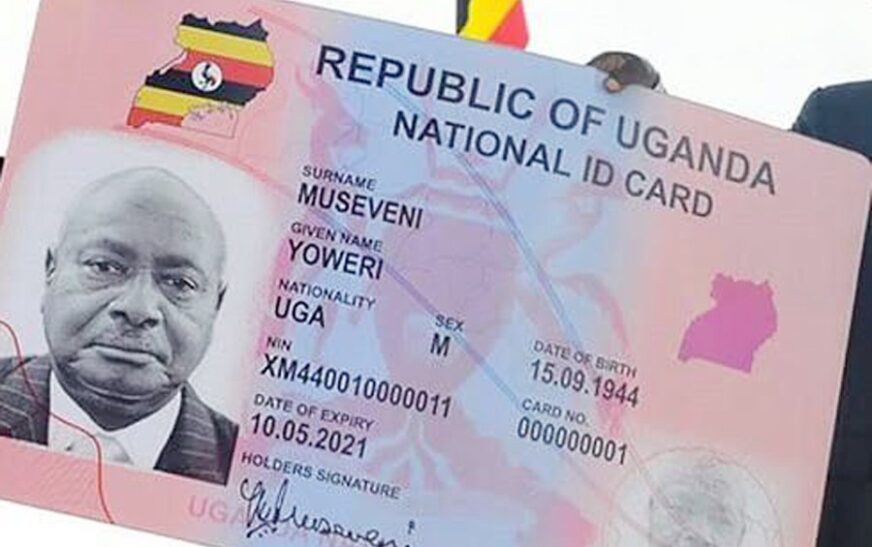What was supposed to be a simple currency upgrade is turning into a costly headache for the Bank of Uganda (BOU). The central bank’s ambitious plan to phase out the familiar 1,000 shilling banknote has hit a snag — sky-high coin production costs and a public that just won’t warm up to the replacement coin.
Initially, swapping paper notes for coins seemed like a no-brainer: coins last longer and save money over time. But reality has proven messier. Minting new 1,000 shilling coins has become surprisingly expensive, pushing costs up by more than 50 percent in just one year. And with people still clinging to the old notes for daily transactions, the bank’s mission is far from over.
“The Shs1,000 note will eventually be withdrawn,” said Dr. Adam Mugume, the Bank’s Executive Director of Research. But he admits it’s not easy — these notes are everywhere, and their worn-out designs mean the bank keeps footing a hefty bill replacing them. The goal? Introduce tougher currency that holds value better and cuts replacement costs.
Yet, despite starting this coin push over two years ago, BOU is still stuck waiting on sufficient new coins due to procurement delays. That’s left a stubbornly large amount of the old notes in circulation.
The financial strain is no joke. Coin issuance costs jumped from Shs9.3 billion to Shs13.3 billion over the past year — and while this is still under the critical Shs18 billion mark that could force a rethink, it’s a steep climb for the central bank’s budget.
To get a clearer picture, BOU called in the International Monetary Fund in mid-2023 to crunch the numbers on whether this switch really pays off. Finance Minister Matia Kasaija and Dr. Mugume jointly underscored the urgency of the issue in their letter of intent.
Even with these roadblocks, Dr. Mugume remains optimistic about the long game. Minting coins isn’t just about printing metal—it’s a global puzzle, with suppliers demanding consistent, high-volume orders to stay afloat.
The public, however, remains unconvinced. The 1,000 shilling coin, launched back in 2012 to mark Uganda’s 50th independence anniversary, has barely made a splash. Most Ugandans still prefer the old paper note, making the bank’s transition efforts feel like an uphill battle.
While BOU’s reports show the cost of printing notes overall is dropping, phasing out the Shs1,000 note is proving to be one stubborn piece of the puzzle in Uganda’s currency story.


















